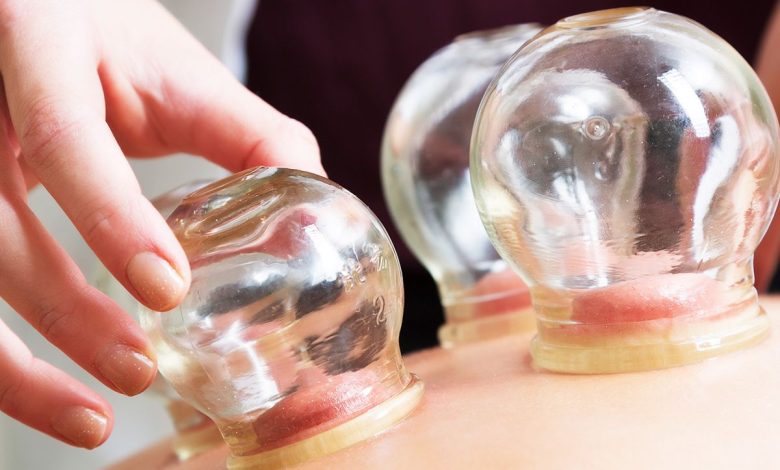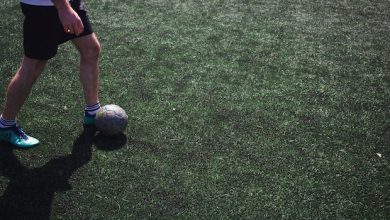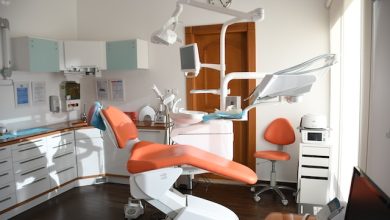Cupping Therapy Benefits

Cupping therapy increases blood flow to the area where cups are placed, relieving muscle tension and cell repair while soothing inflammation.
Suction force from cups breaks capillaries under the skin, creating discoloration that looks similar to bruises; this is entirely normal and intended.
Relieves Pain
Cupping therapy has long been used as an alternative method for pain relief and is believed to also aid in managing conditions such as fibromyalgia, fatigue, migraines and asthma. While many swear by it as a treatment solution, experts don’t support its efficacy as an independent solution.
Cupping Melbourne, a common practice among some Chinese hospitals and practices, involves applying warm-to-hot cups directly onto your skin in order to stimulate blood flow and alleviate pain. Your practitioner may use two distinct methods of cupping: wet and dry. In wet cupping, the practitioner places alcohol, herbs or paper into a cup before lighting it ablaze; once extinguished they will place the cup upside down on your body to create vacuum effect; dry cupping uses similar techniques but with your therapist moving the cups for massage-like massage effect on you body parts.
Shestopal notes that individuals typically report reduced pain and tightness following treatment with her cups. You may feel sore or stiff afterward; she deems this an appropriate type of soreness–similar to working out! You might notice red-purple circular marks where the cups were applied–these usually last several days before dissipating away completely.
Reduces Inflammation
Suction created by cups draws blood closer to the skin surface, increasing circulation and releasing toxins. Cupping also loosens fascia or connective tissue which may cause pain and stiffness. Depending on its strength and location, cupping may leave temporary circular marks on your body which indicate that stagnation and toxins have been released as part of treatment, and show its success.
Inflammation is an essential part of healing; however, too much inflammation can lead to joint problems, muscle aches and even cancer. Cupping therapy is an effective way of decreasing inflammation by stimulating your immune system; its vacuum-like suction causes micro-trauma which prompts your body to release chemicals, fibroblasts and white blood cells that trigger its healing processes in this area.
Cupping therapy has the ability to reduce inflammation in the blood, such as cytokines and prostaglandins. Furthermore, it can eliminate uric acid which is produced as waste product of your body that causes high acidity levels in urine. After each cupping session it is important to consume plenty of water to flush away toxins from your system while consulting with your practitioner in advance if you have any concerns or medical conditions that require specific advice before beginning this therapy.
Increases Blood Circulation
Suction created by cups increases blood flow and circulation to an area being treated, helping reduce inflammation and promote healing. Cupping also stimulates your immune system by sending healing cells and chemicals directly to that location; additionally, your body releases chemicals that cause pain receptors on skin to decrease activity, helping relieve discomfort.
Cupping therapy may not be suitable for everyone; however, and is generally advised against for those suffering from liver or kidney disease, heart conditions or taking blood thinners. Furthermore, open wounds or pregnancy should not be subject to this therapy as it could worsen these conditions.
There is not a great deal of high-quality research about cupping’s benefits, yet some studies indicate it may be effective for pain management as well as chronic conditions like fibromyalgia, rheumatoid arthritis or muscle tension.
If you’ve seen athletes competing at the Olympics or lifting weights at gyms, chances are they’ve had red circles on their shoulders and backs caused by cupping therapy – this isn’t just random pimples – you know they’ve seen how this works:
Promotes Relaxation
As with massage, cupping therapy helps increase blood circulation to the area where warm-to-hot cups are placed, relieving muscle tension, improving cell repair, increasing oxygen levels, relieving chronic fatigue and soothing muscle spasms. A 2020 study published by the National Library of Medicine indicated that those who underwent cupping therapy experienced reduced fatigue as well as improved emotions and sleep conditions; treatment itself isn’t painful either; some individuals may experience temporary discomfort or bruising, but that will usually dissipate within several days to a week.
At a cupping session, therapists use cups on your skin to create suction that stimulates underlying tissues and organs. There are two methods of cupping: dry and wet cupping. With wet cupping, your therapist may use substances like herbs or alcohol to heat the cup before placing it onto your bare skin – this creates suction which makes your skin redden and rise while blood vessels widen as soon as it cools off!
After cupping therapy, your therapist will gently massage the area to further promote relaxation and address any physical discomfort or tension. Since cupping can influence blood pressure, avoid eating any rich or greasy foods prior to cupping therapy sessions as this could negatively impact circulation and fluid retention. Following cupping therapy sessions, take some time for yourself afterwards to allow your body to fully unwind from their session and experience all its therapeutic benefits.



